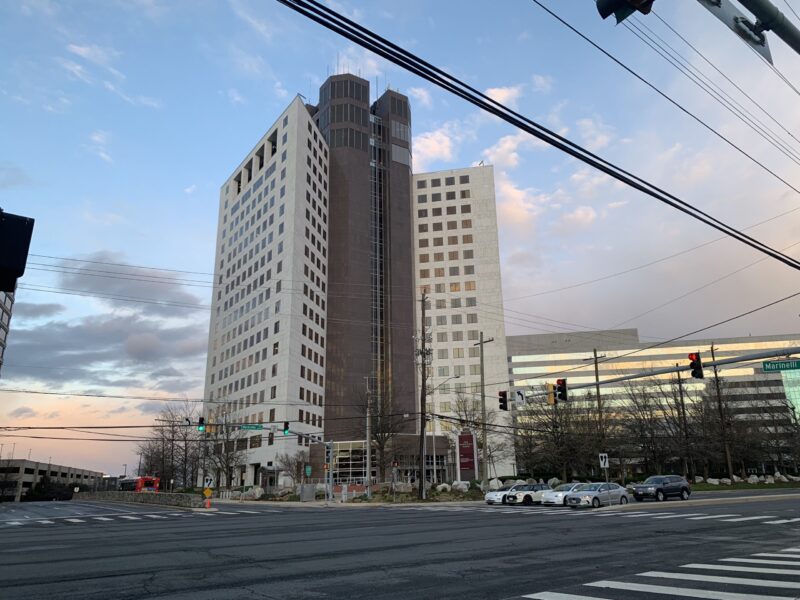
RadWaste Monitor Vol. 16 No. 20
Visit Archives | Return to Issue PDF
Visit Archives | Return to Issue PDF
RadWaste & Materials Monitor
Article 1 of 6
May 19, 2023
Combined low-level, GTCC rulemaking headed to NRC commissioners for approval in November

Nuclear Regulatory Commission staff plan to submit a proposed rulemaking about near-surface disposal of Greater Than Class C waste to the commission in November, officials told the public Wednesday.
The proposed rule, years in the making, combines a 2015 inquiry…
Partner Content